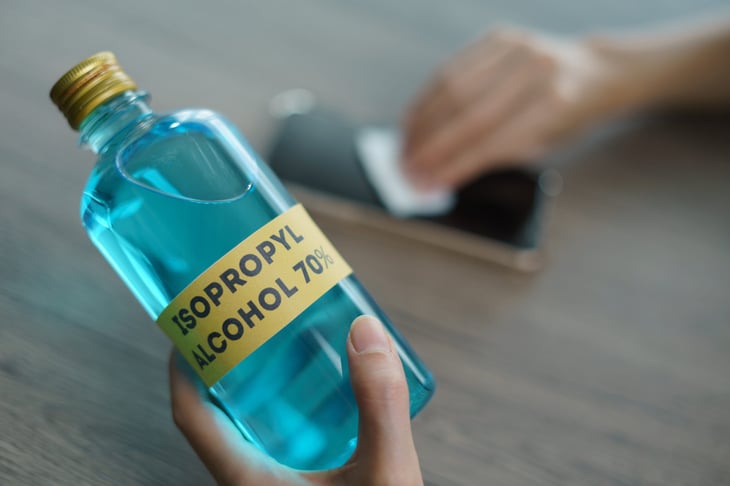
The sharp, unmistakable smell of rubbing alcohol reminds us of the doctor’s office or the hospital. These aren’t places most of us want to be! But if you can get past the aroma, you’ll find that rubbing alcohol is a darned useful thing to have around.
Also known as “isopropyl alcohol,” this strong-smelling liquid is a great disinfectant that can kill many viruses, bacteria and fungi. It’s available in different strengths; for most household uses, a 70% isopropyl alcohol will work best.
Following are some of the ways that rubbing alcohol can make your world cleaner, safer and — believe it or not — better-smelling.
Ink stain remover
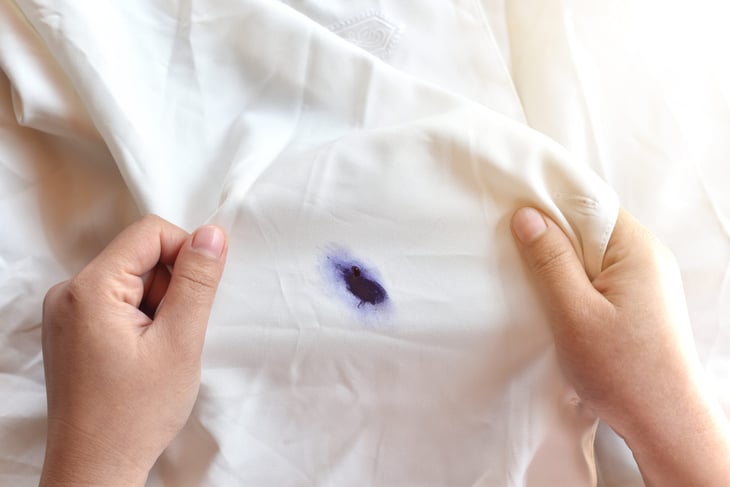
Rubbing alcohol is suitable for removing small ink stains such as in ballpoint or felt pens from clothes. As soon as possible, cover with a pad dampened with alcohol; you may need to switch to new ones as the alcohol helps absorb the stain. Despite the name, you don’t want to rub or wipe, but blot.
You may also use rubbing alcohol to remove marker stains from a dry-erase whiteboard, although whiteboard companies disagree on whether this is a good idea. Think Board says no; Clarus says yes.
Homemade hand sanitizer
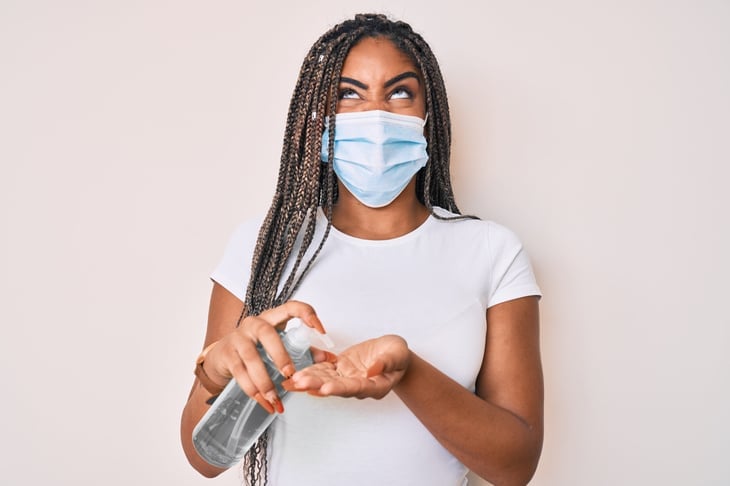
The COVID-19 pandemic may have lessened, but the coronavirus, flu, the common cold, RSV and other nasties are still out there looking for new victims.
You can buy an alcohol-based hand sanitizer or, as we noted during the pandemic, you can make your own with a mix of rubbing alcohol, aloe vera gel and, if you like, a bit of essential oil. Choosing a favorite fragrance could make you (and other household members) more likely to use the stuff.
Disinfectant
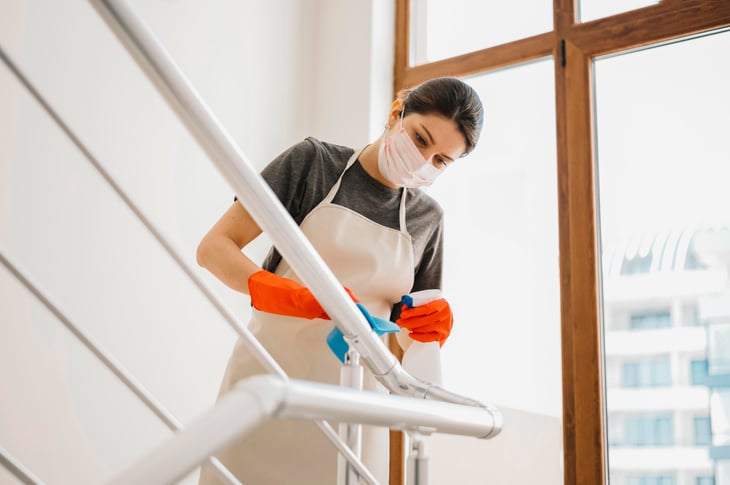
Rubbing alcohol also makes a good disinfectant, both for home and the workplace. The CDC recommends at least a 70% solution if you’re applying it to hard surfaces.
Remember rubbing alcohol is just one more tool in your health arsenal. Learn more things to be mindful of in “6 Habits That May Increase Your Chance of Catching the Flu.”
Nausea aid
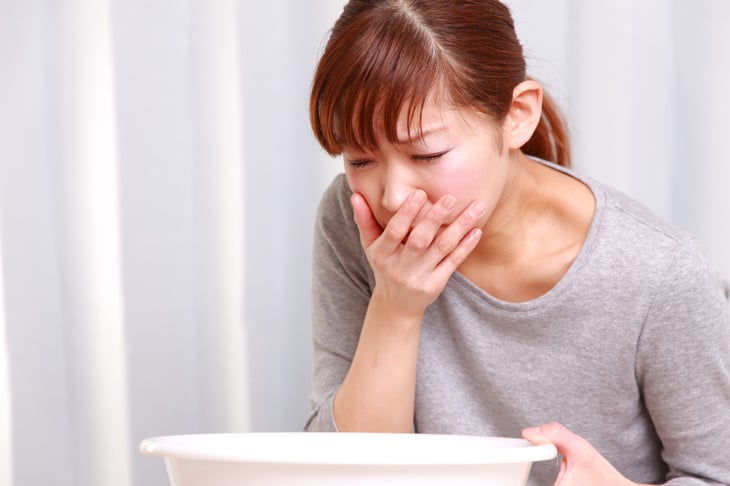
Research has shown rubbing alcohol may have some use in reducing the severity of nausea. A medical review of 16 clinical studies showed that isopropyl alcohol used in aromatherapy quickly reduced nausea, but the effect was not long-lasting. It did, however, “reduce the need for rescue anti-nausea drugs.”
Other research showed inhaling from isopropyl alcohol-soaked pads was helpful for nausea in an emergency room setting.
Deodorizer
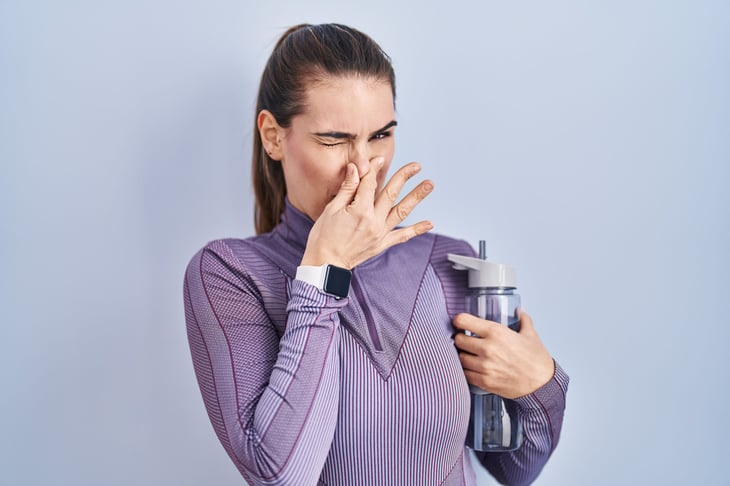
If your house is less than fresh, don’t pull out a can of air freshener. A site called Household Management 101 suggests you can make your own room deodorizer by shaking ¼ cup rubbing alcohol with 20 drops of essential oils in a spray bottle, then adding a cup of distilled water.
Allow to sit for a couple of days, then spray a small amount at a time as needed. For more ways to banish household funk, see “9 Ways to Rid Your Home of Bad Smells.”
Mosquito-bite itch reducer
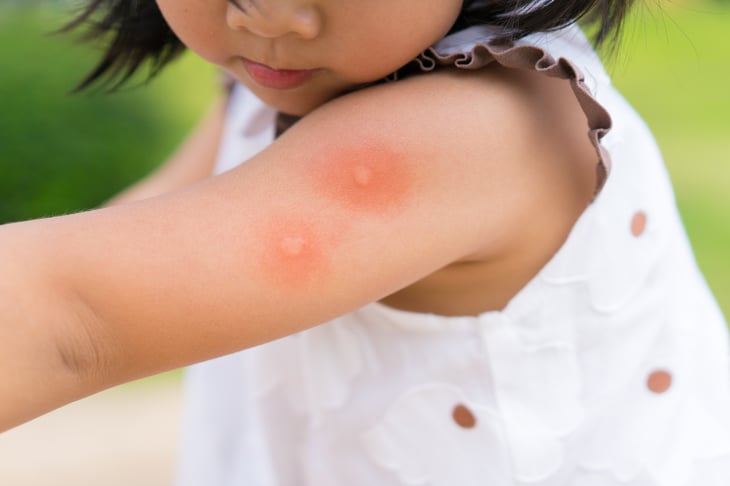
As soon as possible, dab rubbing alcohol wipes onto the bites. Doing this “denatures” the proteins in skeeter saliva, according to Prevention, which interviewed a mosquito researcher. That reduces your body’s histamine reaction to the foreign substance.
Sticker remover
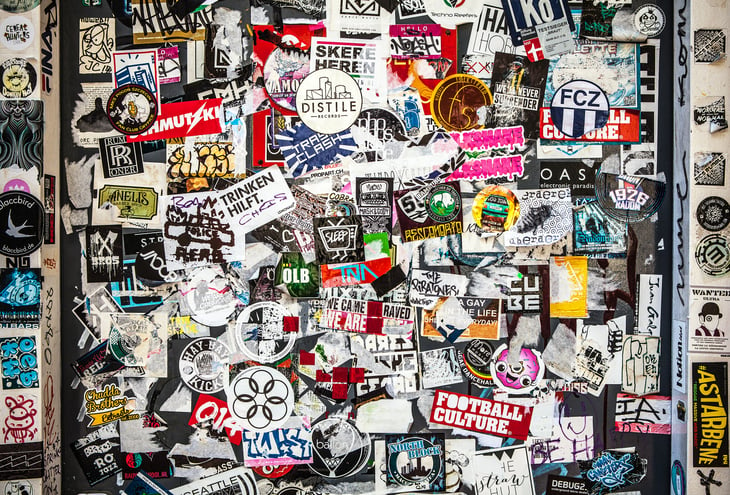
Little kids love putting stickers on things. Why shouldn’t they? After all, they’re not the ones wondering how to get that rainbow or unicorn off the dining-room table.
Try this: Saturate the sticker with rubbing alcohol, wait a few minutes, and see if it gives way. It should work on various sticky labels, although be careful not to use it on surfaces where it may strip paint or protective coatings.





Add a Comment
Our Policy: We welcome relevant and respectful comments in order to foster healthy and informative discussions. All other comments may be removed. Comments with links are automatically held for moderation.